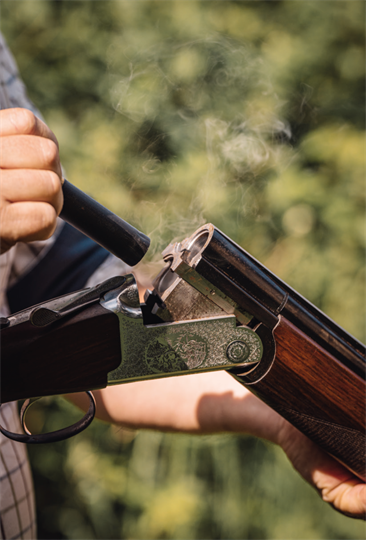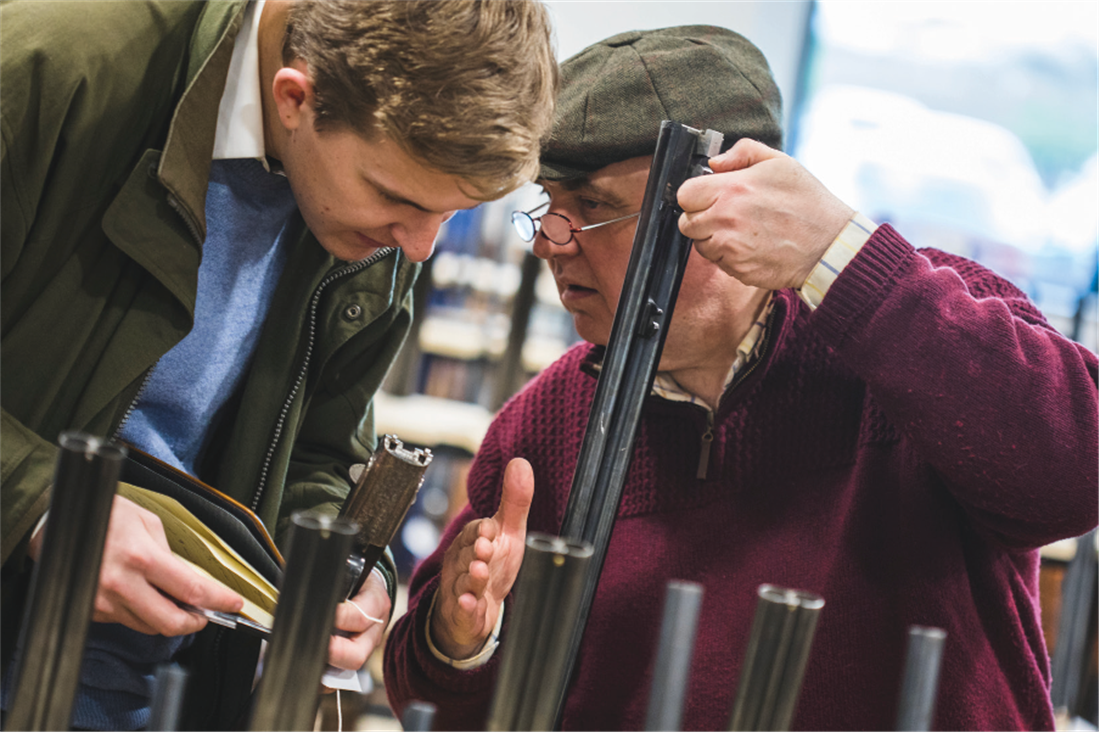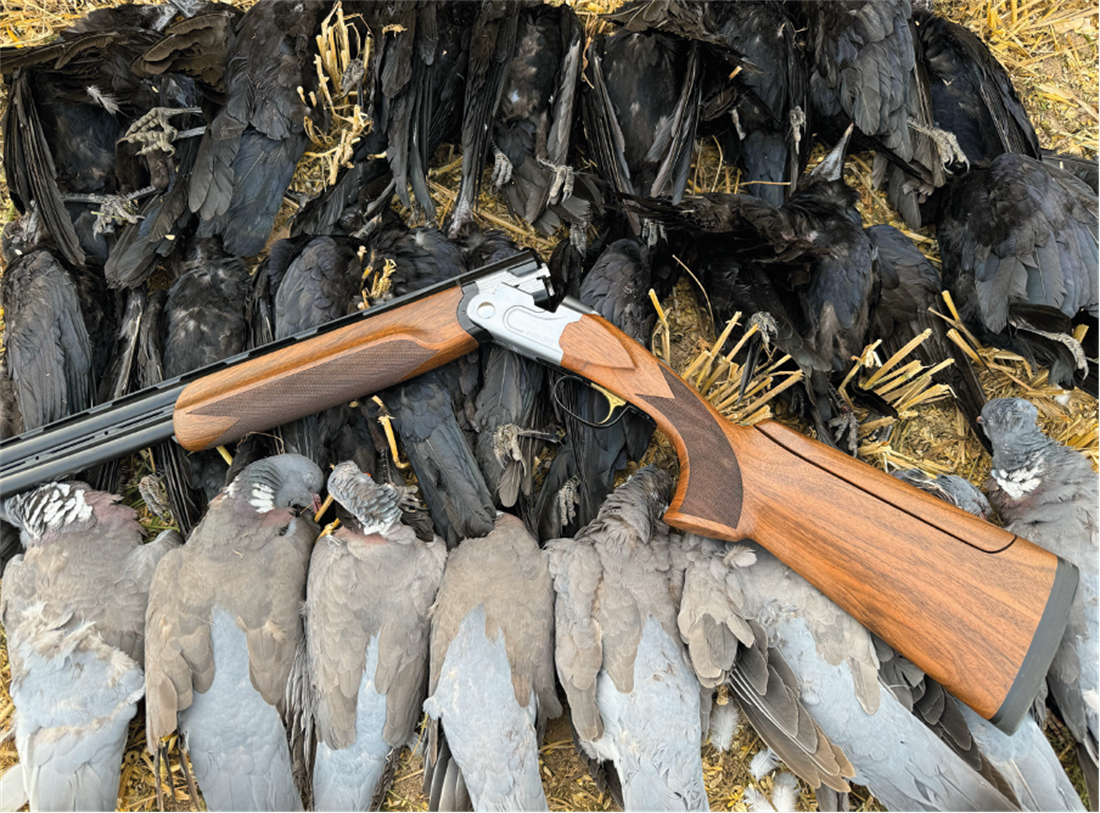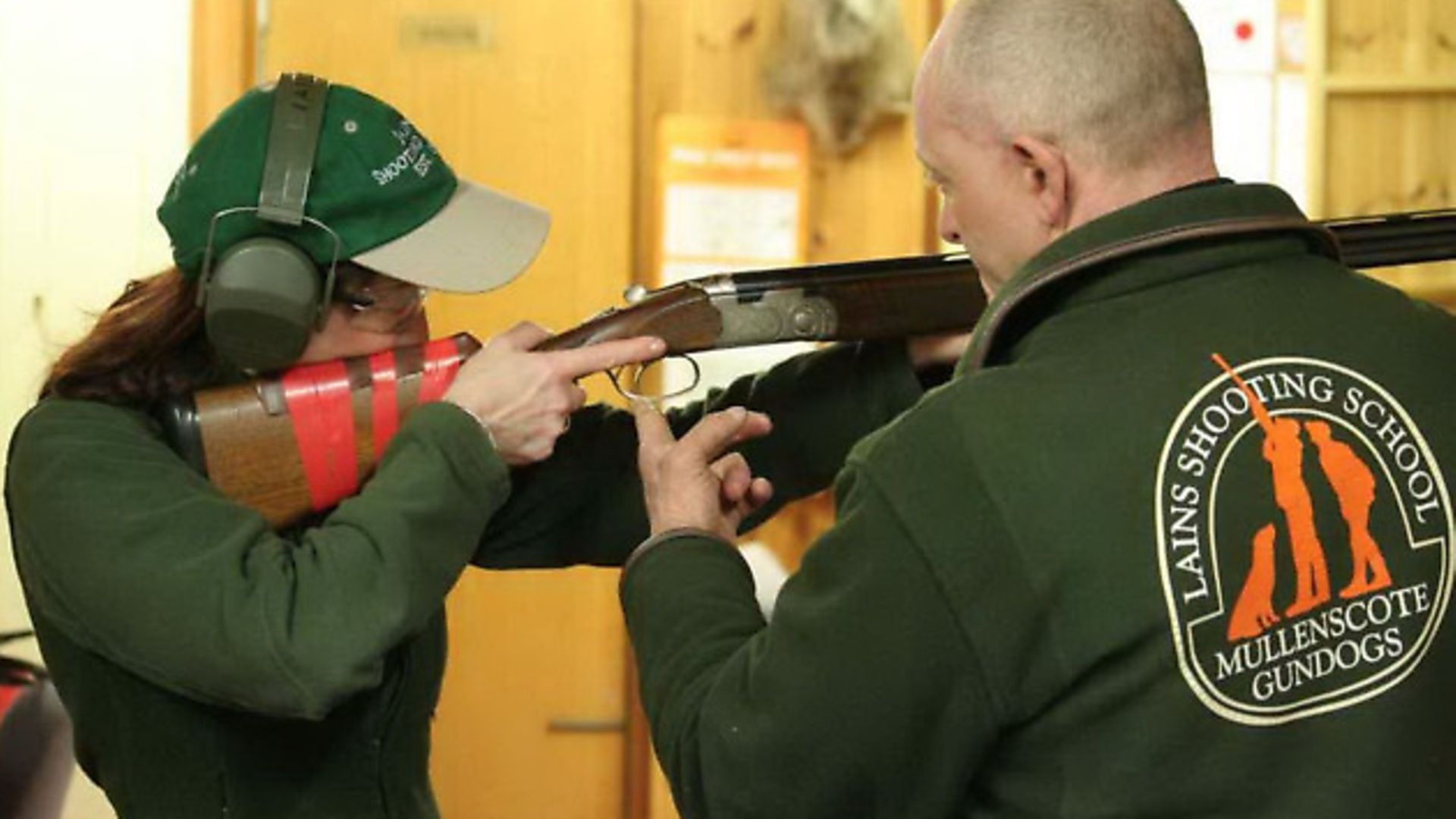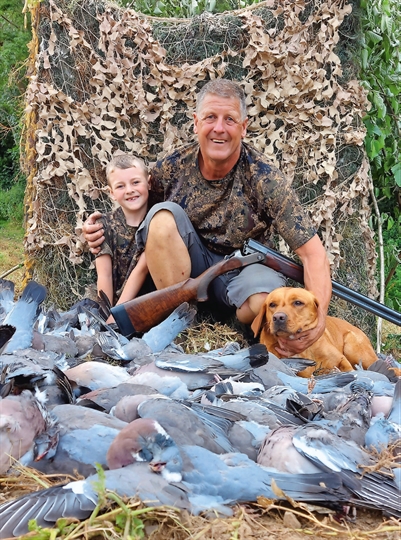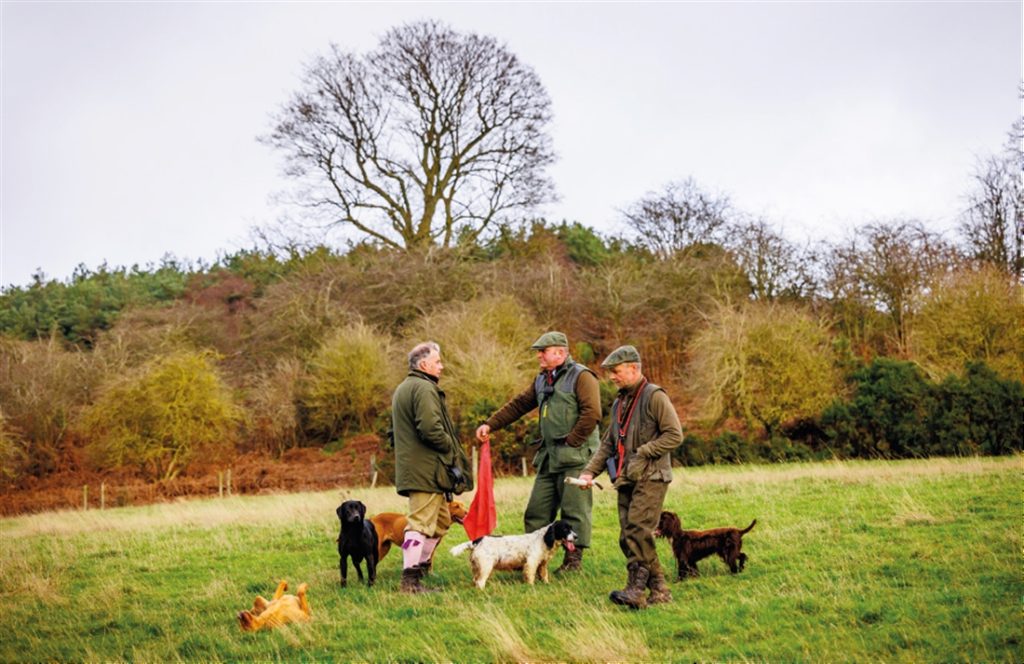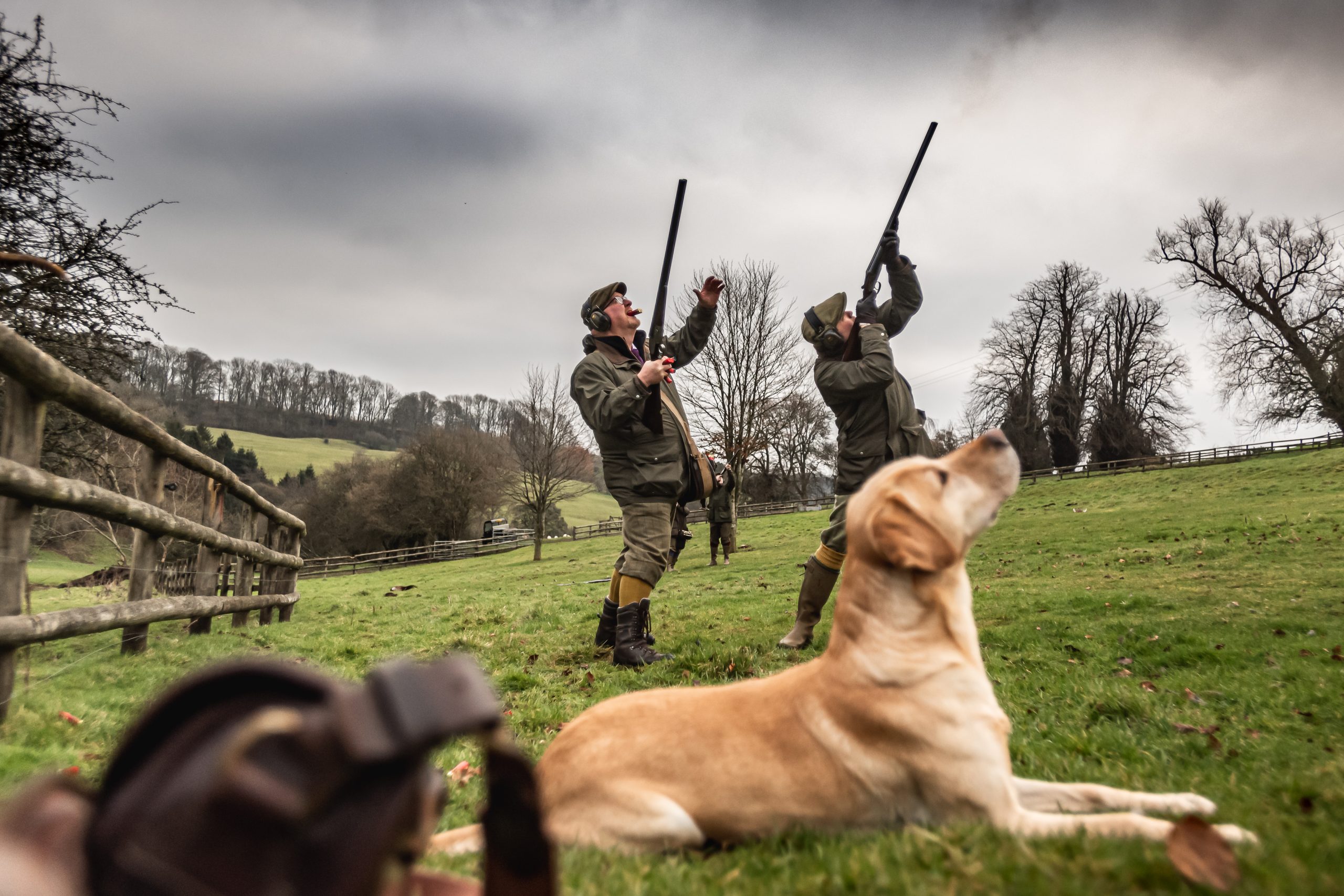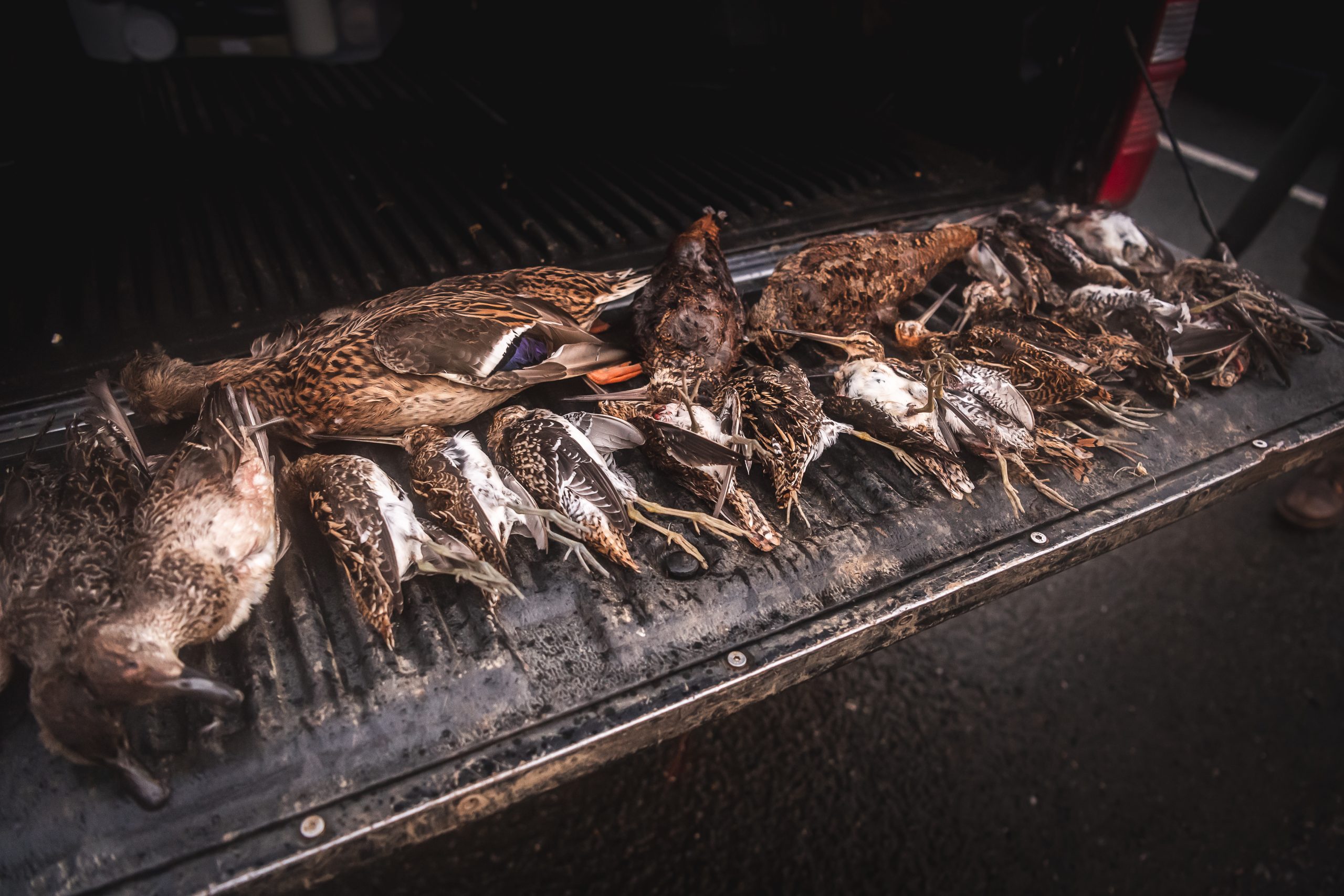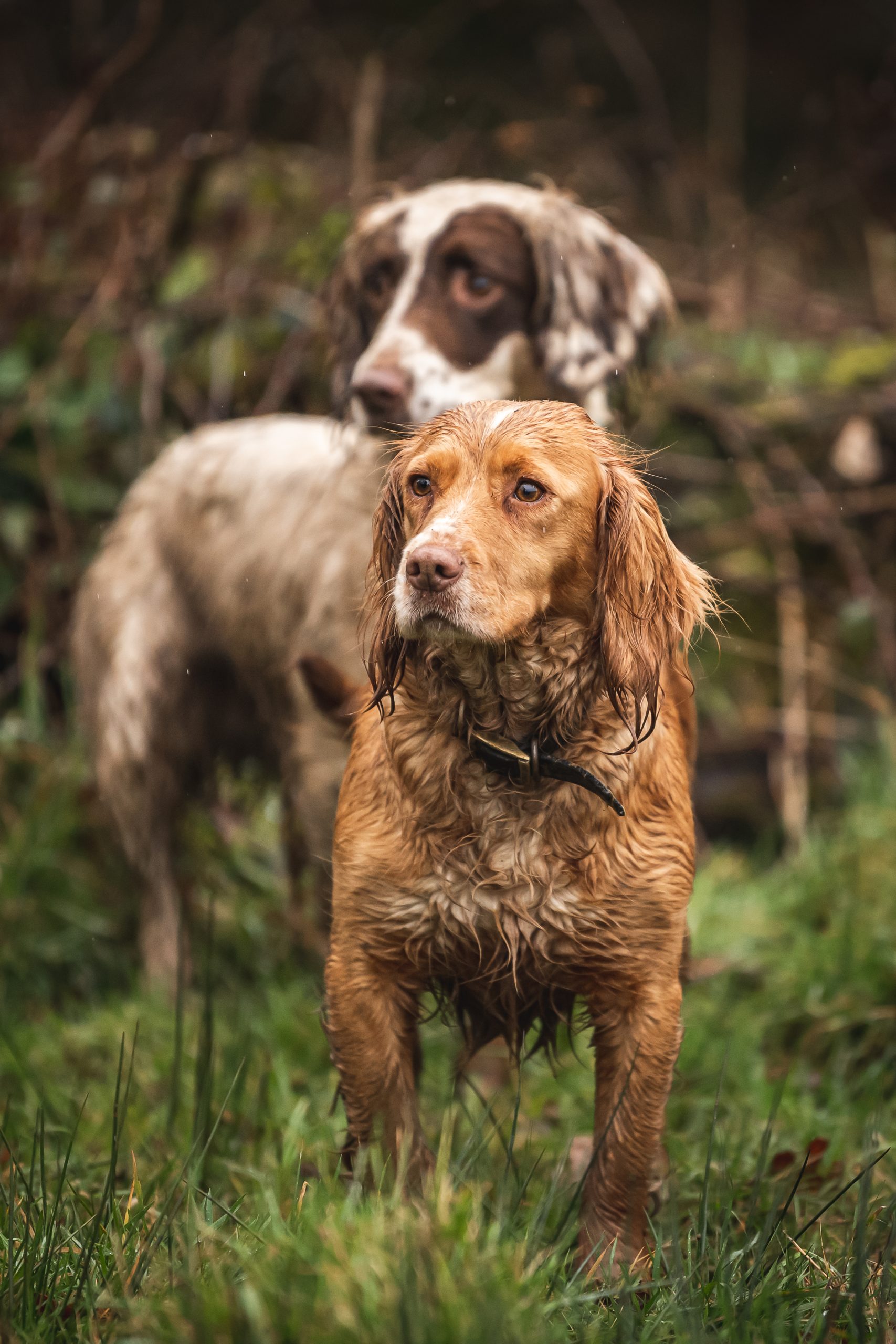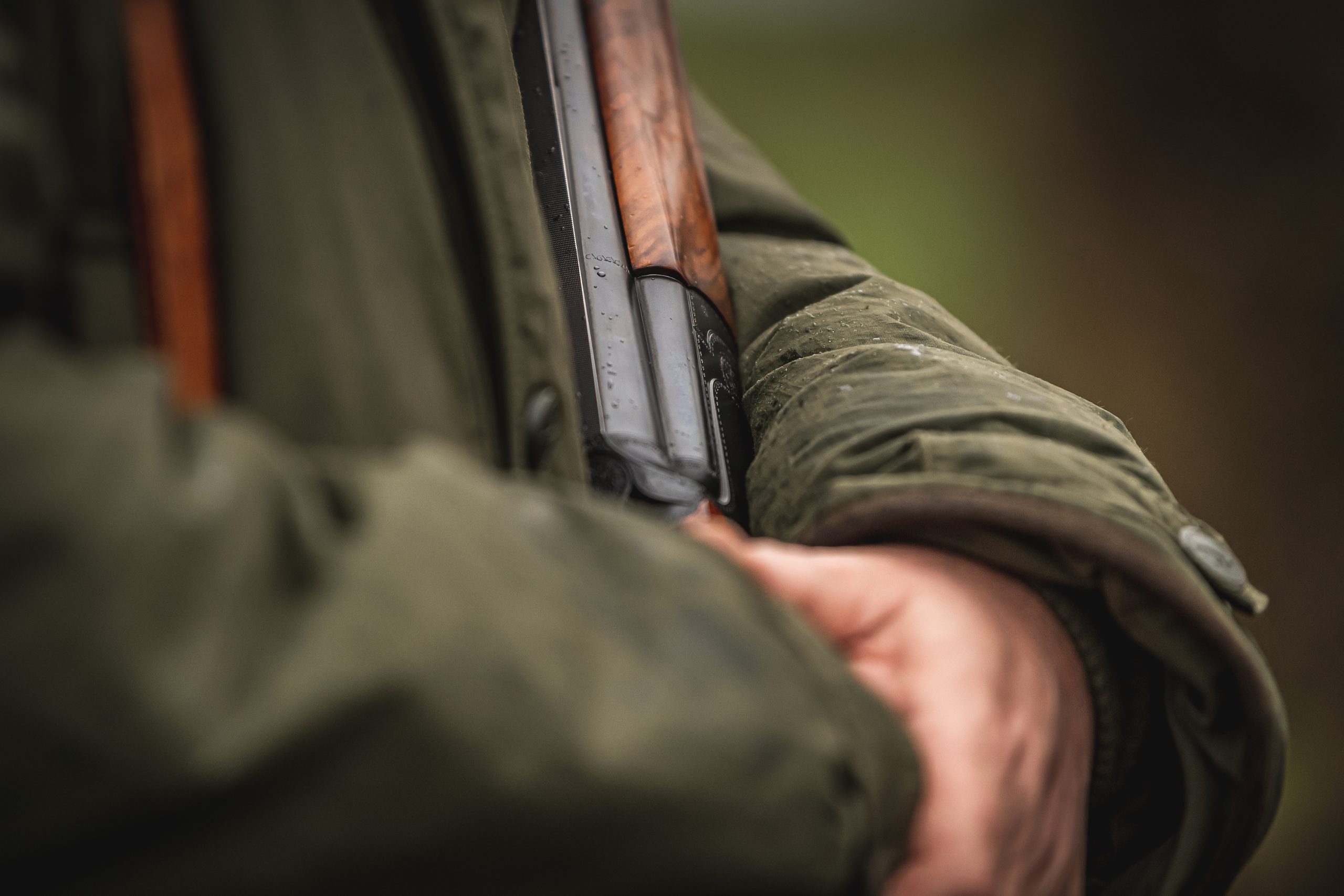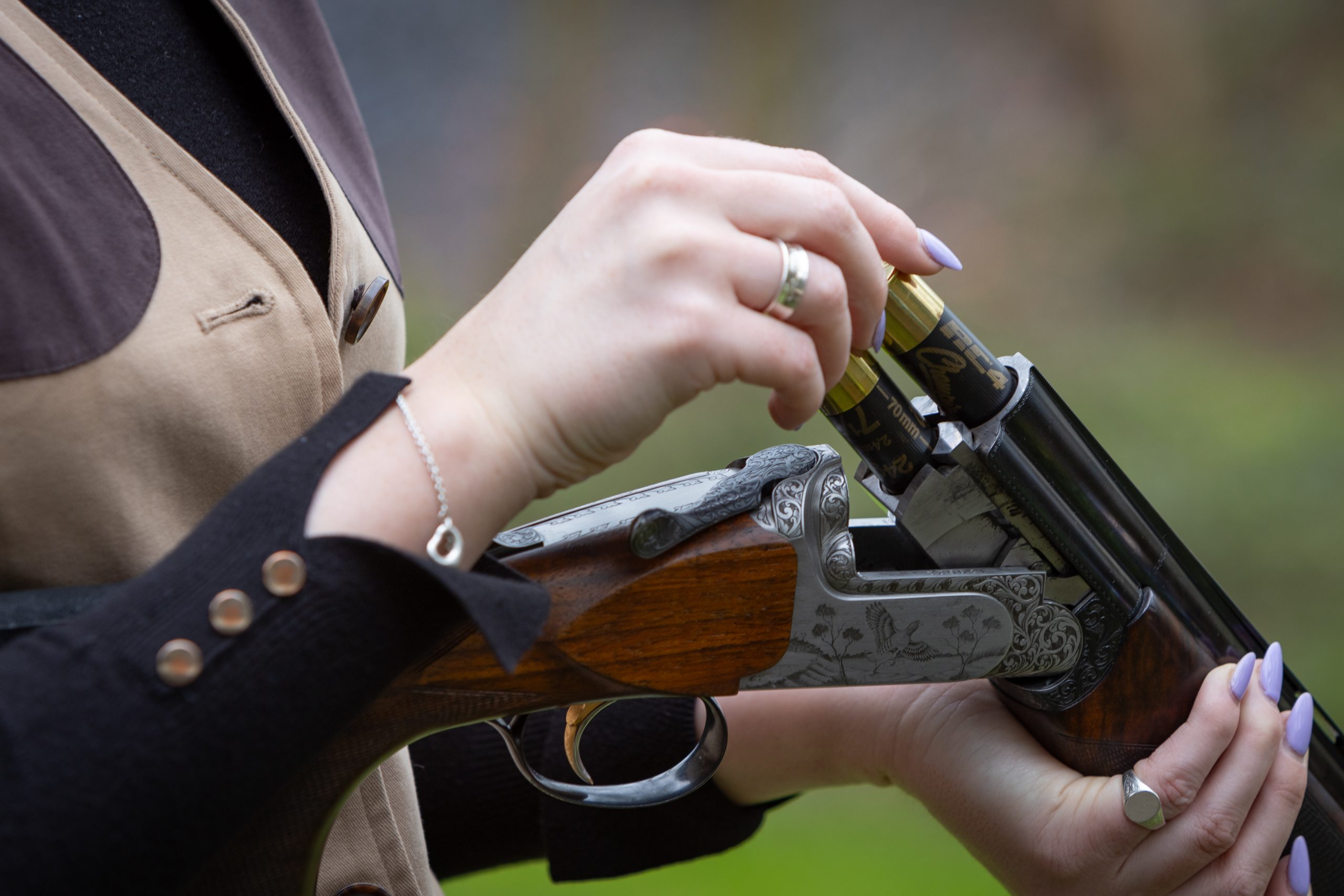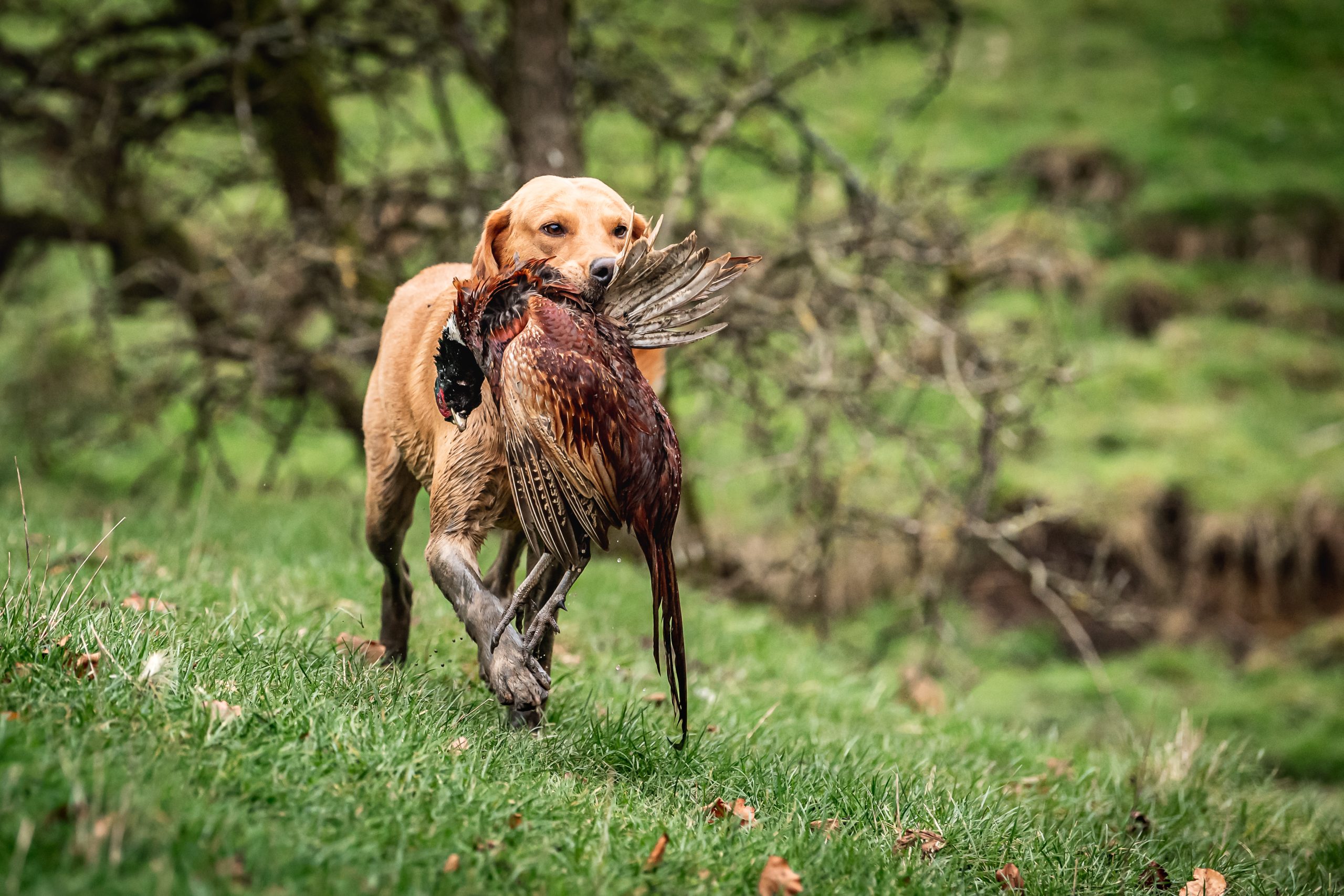Shooting
Choosing Your First Gun
Now you’ve got your certificate it’s time to buy a gun – but which one? There’s a lot to think about so here’s James Marchington’s advice to help you pick the right option credit: Archant So you’ve got your shotgun certificate, as we described in this column last month. Hurrah! Now you can go out
Would you like to appear on our site? We offer sponsored articles and advertising to put you in front of our readers. Find out more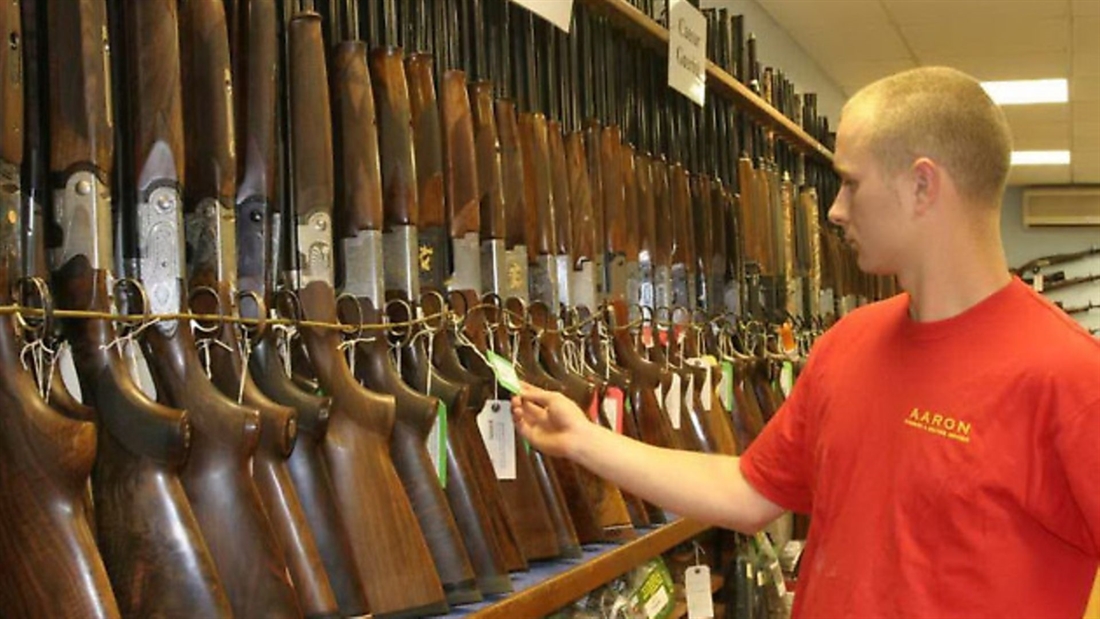
Now you’ve got your certificate it’s time to buy a gun – but which one? There’s a lot to think about so here’s James Marchington’s advice to help you pick the right option
So you’ve got your shotgun certificate, as we described in this column last month. Hurrah! Now you can go out and buy your first shotgun. It’s an exciting moment, but a weighty decision, too. Even a so-called cheap gun is a significant outlay for those of us who aren’t multi-millionaires, and there’s a bewildering array of guns to choose from. You don’t want to throw away your hard-earned cash on something that proves to be unsuitable.
First things first: find a pen and sign the box on the first page of your certificate. Strictly speaking, you’re breaking the law if you haven’t signed it, and you’d be amazed how many people forget. At the very least, it will avoid an embarrassing moment in the gunshop when the assistant smugly points out your certificate isn’t valid.
Done that? Right, if you’re in a rush and don’t want to read the rest of this article, here’s the short version. It’s the best advice you’ll ever hear about buying your first gun: go to your local gunshop and ask to see his selection of second-hand 12-bore over-and-under all-rounders, guns that are suitable for game and Sporting clays, preferably from a well known maker such as Browning, Miroku or Beretta.
They will probably have 28 or 30” barrels, perhaps with multichokes.
Ask the gun dealer’s advice: which one would he recommend for you, and which will keep its value best? Remember that he hopes to keep you as a customer for years to come, so it’s in his interest to give good advice. If you possibly can, have a few shots with the gun – try to find a gunshop which has its own shooting ground.
Trust me, you will be glad you followed this advice. The gun will be eminently suitable for almost every type of shooting you’re likely to do – it will never be out of place – and looked after properly, it will last you a lifetime’s shooting and probably the next generation’s as well. If you decide you want to trade up, or even flog it and take up crochet instead, you will get your money back, give or take a bit.
That’s the boring, sensible advice. It’s like telling someone who is buying their first car to get a second-hand hatchback from VW or Ford. It may not be the most exciting car in the world, but it will be good value for money and do the job well. Later in their motoring career they might decide to get an old Land Rover or a Ferrari, but they’re not ideal for a beginner.
Of course there are plenty of other options available and you might be tempted to go off on a tangent, especially if you listen to friends and shooting companions who will have preferences of their own, or allow yourself to be seduced by the siren voices of the gunmakers’ marketing teams. So let’s look at the options and see why you might want to stray from the ‘sensible’ choice.
12, 20 or something more exotic?
Not long after the shotgun cartridge was invented, shooters settled on 12-bore as the best compromise. It provides good ‘killing power’ (on clays or game) with manageable weight and recoil. It’s the ‘standard’ shotgun calibre for a reason. As a result, the vast majority of guns in regular use are 12-bore, which in turn means there’s a wide variety of ammo available at realistic prices.
Step outside 12-bore and you’re making things harder for yourself, and more expensive to boot. A wildfowler might want a big-bore gun to bring down distant geese on the foreshore. Or an experienced shot might choose to make things harder for themselves, shooting a 20 or 28-bore at game for the sheer challenge of it.
As a general rule, though, if you have only one gun it should be a 12-bore. Once you have some experience with that, you’ll know if you want something more specialised for some of your shooting. The only real exception to this is that a smaller gauge, such as 20 or 28-bore, might be a sensible choice for a youngster or lightly-built person who found a 12-bore hard to manage. Personally I’d never recommend a .410 for a beginner or youngster because, in my view, it’s simply too hard to shoot with any success, and can be demoralising.
What about side-by-sides?
There’s nothing wrong with a side-by-side. They’re lovely guns. I received mine, an AyA No.2, for my 18th birthday and I have used it ever since for rough shooting, game, and the occasional charity clay day. It is far from ideal for clays, however. It’s too light to absorb the repeated recoil, and the width of two barrels makes it hard to shoot with the necessary precision.
If you are 100% certain that all your shooting will be at live quarry, and you’re a particular fan of side-by-sides for reasons of aesthetics or tradition, then by all means get one as your first gun. Otherwise, an over-and-under will be a more versatile choice.
But I fancy a semi-auto…
Semi-autos certainly have their place. There are some good budget models, so they can offer an inexpensive starting point, and the gas-operated types tend to have less recoil than the equivalent side-by-side or over-and-under. Semi-autos can be perfectly suitable for Sporting clays, pest control and perhaps a bit of rough shooting.
Many pigeon shooters prefer a semi-auto in the hide, because it’s easier to load in the cramped conditions – unlike a break-barrel gun you can keep the muzzle pointing skywards while stoking the magazine with shells. Having a third shot can be useful, too. Semi-autos are also popular with wildfowlers as the right model will handle the heavy loads and non-lead shot that you need on the foreshore.
Your semi-auto won’t be welcome on a game shoot, however, where tradition reigns. As a newcomer to shooting, it’s hard to predict which direction your sport will take. If you’re sure that game shooting isn’t for you, then a semi-auto could be a good choice.
Do I have to worry about eye dominance and gun fit?
Yes and no! Many of the issues people have with eye dominance and gun fit are actually problems with the way they mount the gun. Until you’ve done some shooting, it’s hard to identify those issues for certain, so you’re probably best off with a ‘standard’ gun that will suit 99% of people straight off the shelf, or with a very minor modification such as a comb-raiser or butt-pad. If it turns out that you really do need something more specialised, at least you’ll get a good trade-in price.
Whatever gun you end up with, try to resist the temptation to blame it when your shooting doesn’t progress as well as you’d like. If you’ve followed the advice above, the problem is much more likely to be the ‘nut behind the butt’ – i.e. you!
Related articles
Game
Shooting
Shotguns
Drenched and disappointed
Now you’ve got your certificate it’s time to buy a gun – but which one? There’s a lot to think about so here’s James Marchington’s advice to help you pick the right option credit: Archant ...
By Time Well Spent
Shooting
The value of shooting
Now you’ve got your certificate it’s time to buy a gun – but which one? There’s a lot to think about so here’s James Marchington’s advice to help you pick the right option credit: Archant ...
By Time Well Spent
Get the latest news delivered direct to your door
Subscribe to Sporting Gun
Subscribe to Sporting Gun magazine and immerse yourself in the world of clay, game and rough shooting. As the leading monthly publication for passionate shooters at all levels, Sporting Gun delivers expert advice, practical tips and in-depth reviews to enhance your skills and enjoyment of the sport.
With features ranging from gundog training to pigeon shooting, and wildfowling to equipment recommendations, you’ll gain valuable insights from professional shooters and industry experts. A subscription not only saves you money on the cover price but also includes £2 million Public Liability Insurance, covering the use of shotguns, rifles and airguns for both recreational and professional use.
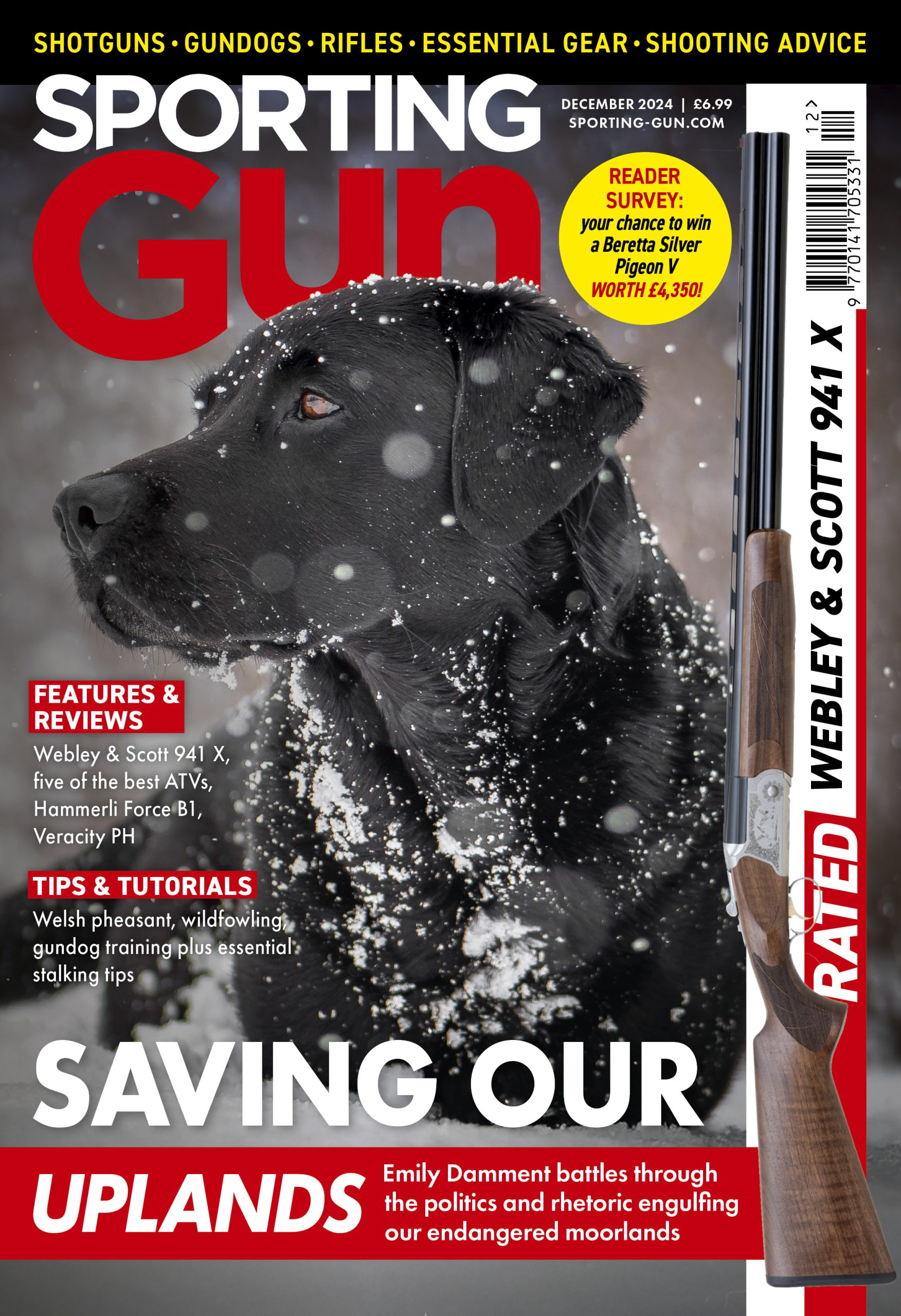
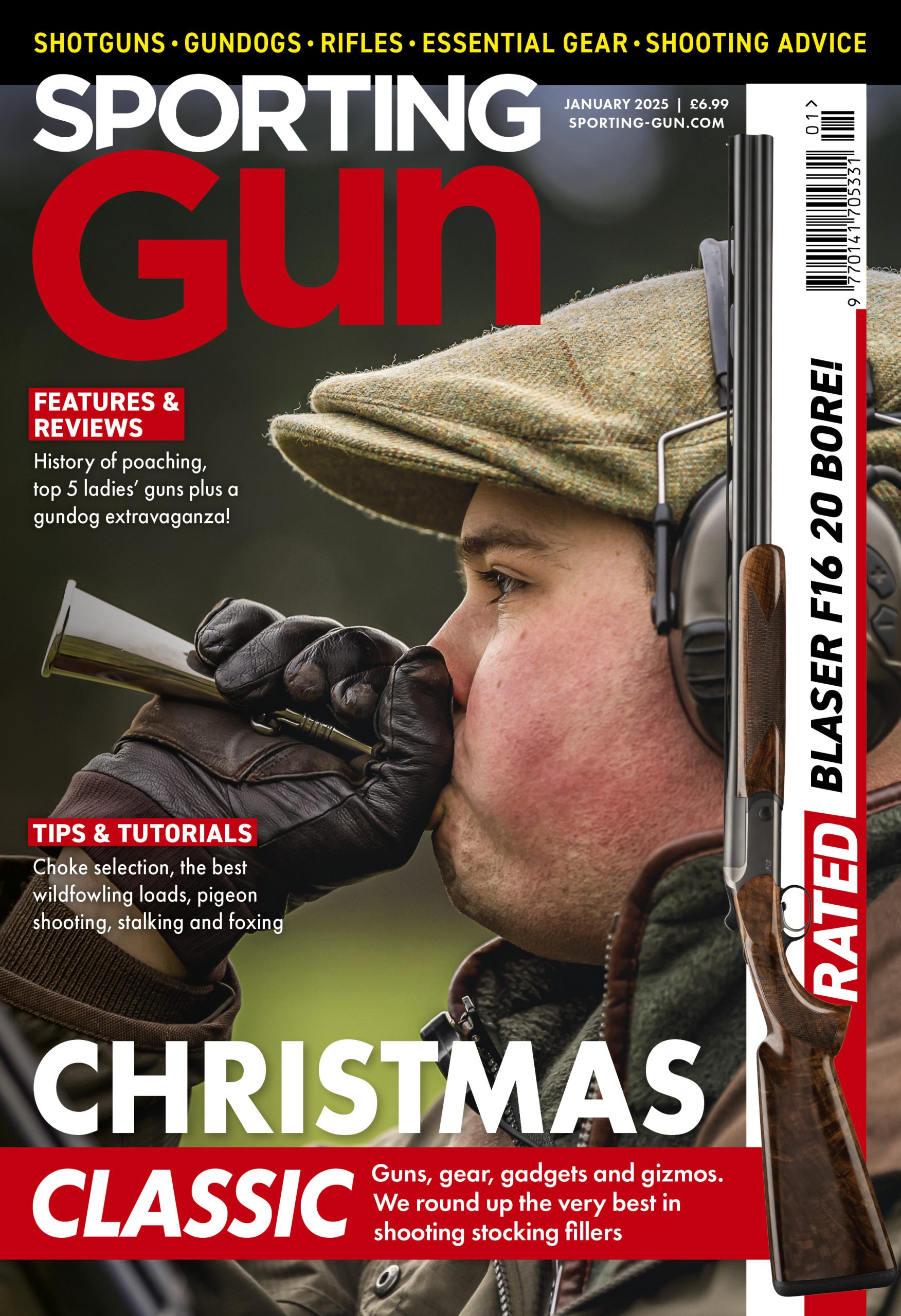
Manage Consent
To provide the best experiences, we use technologies like cookies to store and/or access device information. Consenting to these technologies will allow us to process data such as browsing behavior or unique IDs on this site. Not consenting or withdrawing consent, may adversely affect certain features and functions.
Functional Always active
The technical storage or access is strictly necessary for the legitimate purpose of enabling the use of a specific service explicitly requested by the subscriber or user, or for the sole purpose of carrying out the transmission of a communication over an electronic communications network.
Preferences
The technical storage or access is necessary for the legitimate purpose of storing preferences that are not requested by the subscriber or user.
Statistics
The technical storage or access that is used exclusively for statistical purposes.
The technical storage or access that is used exclusively for anonymous statistical purposes. Without a subpoena, voluntary compliance on the part of your Internet Service Provider, or additional records from a third party, information stored or retrieved for this purpose alone cannot usually be used to identify you.
Marketing
The technical storage or access is required to create user profiles to send advertising, or to track the user on a website or across several websites for similar marketing purposes.

